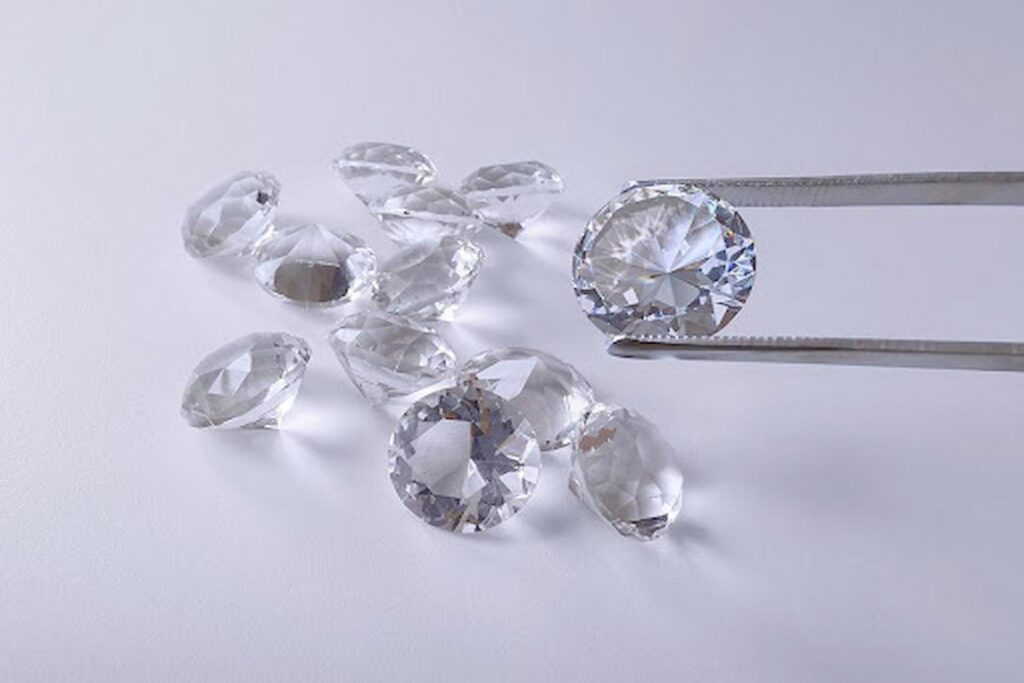The Four Cs of a diamond (Cut, Clarity, Carat and Colour) are the primary factors that determines the value of a diamond and for those who are thinking of investing into precious stones such as diamonds it is important to have a clear understanding of what these 4 Cs represent.
It is also important to know that the 4 Cs can be applied to both naturally mined diamonds that are formed deep in the earth and also lab grown diamonds that are curated in labs by ‘diamond’ technicians. In essence the 4 Cs are associated with an evaluation process that assesses the more intricate features of a diamond apart from the size of the stone.
However, one must bear in mind that even when the result of a 4 C assessment present the same results for a lab grown diamond and a naturally mined diamond, the natural diamond holds more value to the ‘subjective perspective’ and scarcity of natural diamonds, however the 4 Cs are critical towards determining the value of lab grown diamonds as they are to natural diamonds within their own sphere.
The 4Cs are crucial because, as far as diamonds go size is not a real determinant towards the value of a stone as larger diamonds could be worth much lesser than smaller sized diamonds due to the 4 Cs as the clarity may be low or the large diamond could hold flaws that may have an impact on the cut.
The elements of the 4 Cs are explained in better detail below, hence for those of you planning to purchase wholesale diamonds for custom jewellery or buy a ready made diamond engagement ring, read on for a better understanding of the evaluation methods that are applied to diamonds.
The first C is associated with the cut of the diamond which in essence relates to the diamond’s facades or faces. Why this is a critical aspect towards the value of the diamond is due to the fact that, it is the cuts that gives diamonds the sparkle that mesmerises people.
The more cuts a diamond possesses the greater the sparkle and the greater the value. The cut revolves around the shaping of the diamond in specific shapes such as rectangular, oval or pear that may range from 44 facets all the way to 58 facets or more.
The next C involves the clarity of the stone (pureness of a gem stone and flaws on the stone). Clarity is the less sophisticated C, where higher clarity and lesser flaws will enhance the value of the stone as higher clarity also equates to higher brilliance when the diamond is cut.
The highest clarity rating is flawless (FL) moving downwards to IF or internally flawed, further down to VVS1 and VVS2 (slightly flawed) to SI (Slightly Included – poor quality) to I1, I2, or I3 (bad quality diamonds).
As for the Carat factor, it basically relates to the weight of the diamond where a carat is equal to 200 milligrams. As for the final C it is associated to the colour of the stone and different colours or hues carry different values.
White or colourless diamonds are the most valuable going all the way down to yellowish or brownish diamonds which a categorised under lower quality within the spectrum of blues, reds, greens and rarely pinks.




